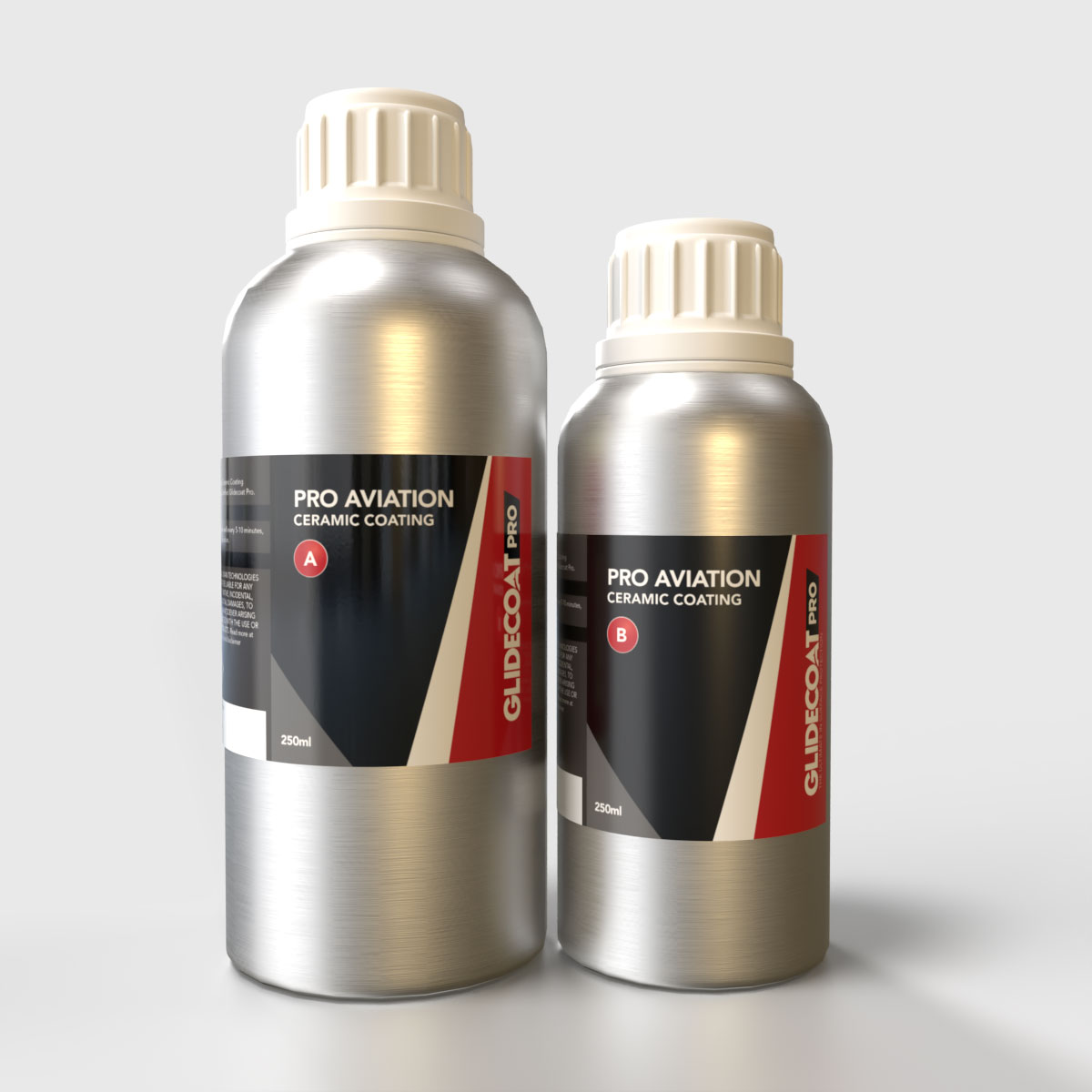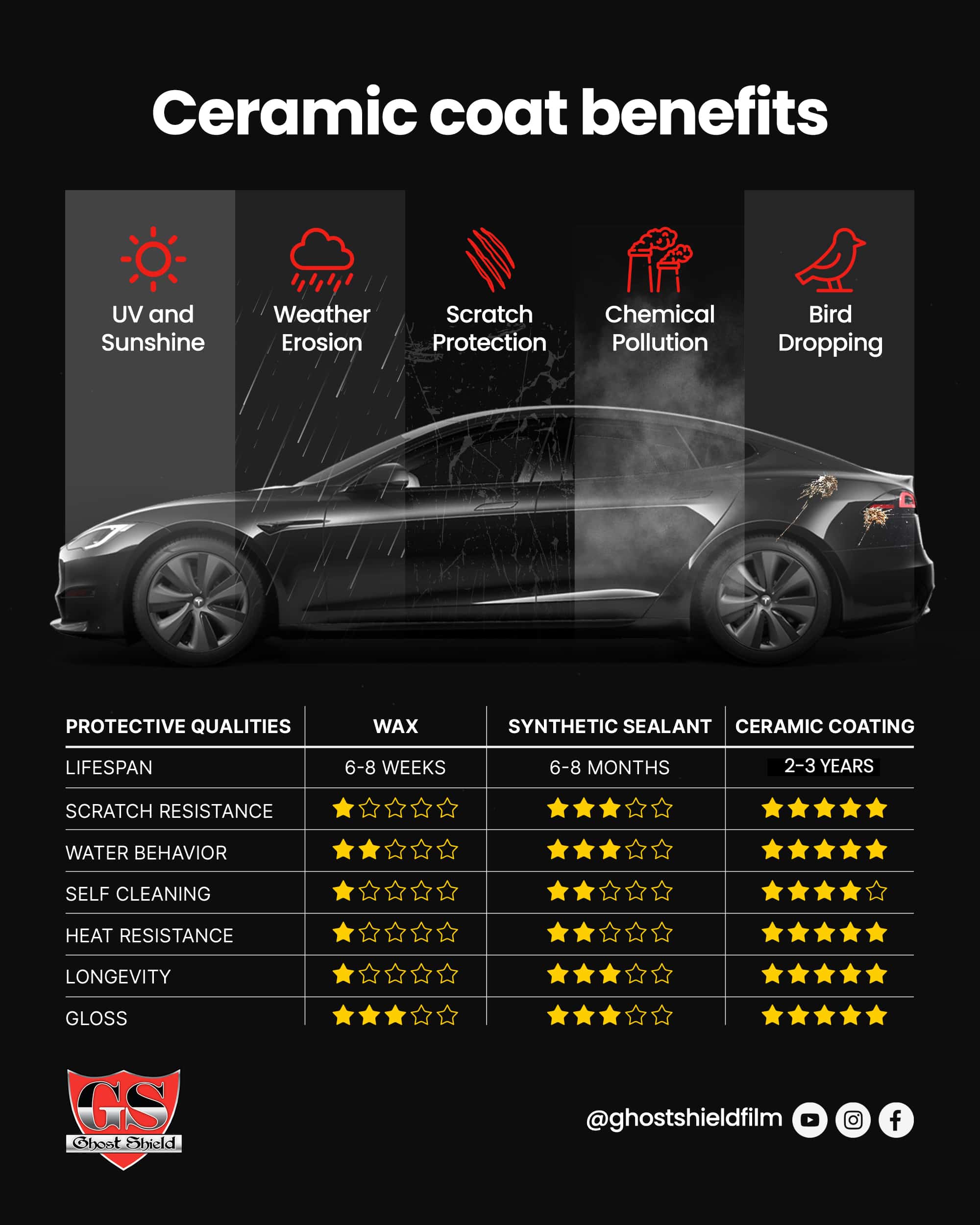Testimonies and Testimonials from Pleased Clients of Ceramic Coating Philadelphia
Wiki Article
Why Ceramic Finishing Is the Ultimate Option for a Flawless End Up
Ceramic finishing has actually emerged as a leading option for those seeking a perfect surface for their lorries, thanks to its remarkable sturdiness and protective features. What elements absolutely set ceramic layer apart?What Is Ceramic Covering?

When used properly, ceramic coating creates a hydrophobic surface area that drives away water and dirt, making it less complicated to maintain and clean up. Unlike conventional waxes or sealers, which generally supply short-lived protection, ceramic coatings can last for a number of years, depending upon the product top quality and application approach. The process of applying ceramic finishing calls for precise preparation, consisting of detailed cleaning and often paint correction, to ensure optimal bonding and efficiency.
Ceramic coverings are not restricted to auto surfaces; they can additionally be utilized on various materials, consisting of glass, steel, and plastics, giving a versatile option for boosting security. In general, ceramic finish represents a substantial advancement in surface area protection modern technology, integrating both aesthetic and practical advantages for a vast array of applications.
Benefits of Ceramic Coating
While many surface area defense choices exist, the advantages of ceramic finish stand apart because of its unique homes and durable performance. One of the main advantages is its exceptional durability. Ceramic Coating Philadelphia. Unlike typical wax or sealants that call for regular reapplication, ceramic layers give a resilient layer that can last for a number of years, significantly decreasing maintenance effortsAnother noteworthy benefit is boosted protection versus environmental impurities. Ceramic coverings create a hydrophobic surface that drives away water, dirt, and numerous pollutants, making it easier to clean. This function not just protects the lorry's look however additionally minimizes the danger of deterioration and oxidation, particularly in severe climate condition.
In addition, ceramic coatings use exceptional resistance to UV rays, preventing fading and destruction of paint in time. This UV security is critical for preserving the visual value of lorries and surfaces subjected to guide sunlight.
In addition, the glossy surface accomplished with ceramic covering enhances the total aesthetic appeal, providing surface areas a showroom-quality shine. Overall, ceramic finishes represent a significant development in surface defense innovation, providing long-lasting advantages that satisfy both visual and useful needs.
Just How It Works
Understanding the scientific research behind ceramic layers reveals just how they supply such exceptional defense and durability. At its core, a ceramic covering is a fluid polymer that chemically bonds sites with the car's manufacturing facility paint. This bonding creates a protective layer that is both hydrophobic and oleophobic, view it repelling water, dirt, and oil. The key element of most ceramic finishes is silicon dioxide (SiO2), which is stemmed from quartz. This substance adds to the finishing's firmness and resistance to scrapes, UV rays, and environmental contaminants.
The application process includes numerous actions, consisting of surface area preparation, which is essential to achieving optimal attachment. When used, the finish undertakes a curing procedure, during which it hardens and forms a semi-permanent bond with the paint surface area. This bond is what differentiates ceramic finishings from standard waxes and sealants, providing a longer-lasting safety barrier that can endure for several years.
Moreover, the density of the finishing can improve its protective qualities, making certain that it can endure severe problems. Ultimately, the scientific research of ceramic finishings integrates innovative products with innovative application techniques to provide an unrivaled degree of security and visual enhancement for automobiles.
Contrast With Standard Approaches
When go now compared to standard paint defense techniques such as sealers and waxes,The benefits of ceramic layers become specifically noticeable. While waxes offer a momentary sparkle, typically lasting a couple of weeks to a pair of months, ceramic coverings provide a durable protective layer that can endure for several years. This toughness substantially decreases the frequency of reapplication, making ceramic finishings a much more cost-effective service in time.Additionally, conventional techniques often require considerable preparation and numerous applications to attain an acceptable level of protection. In comparison, ceramic layers bond at a molecular degree with the lorry's surface area, developing a durable guard against environmental impurities like UV rays, acid rainfall, and road salts. This bond boosts the vehicle's resistance to scratches and swirl marks, which prevail with traditional waxes and sealers.
Furthermore, the hydrophobic residential properties of ceramic layers fend off water and dust, leading to easier cleansing and maintenance. On the other hand, wax and sealant-treated surface areas can attract crud, requiring even more constant cleaning - Ceramic Coating Philadelphia. Overall, ceramic finishings not only supply premium protection yet likewise deliver a more enduring and aesthetically appealing finish, developing them as the preferred option for critical vehicle proprietors
Application and Upkeep Tips

Utilizing a foam applicator, apply the finishing in little sections, following the manufacturer's guidelines pertaining to density and overlap. Allow enough treating time in between layers, usually 24 hours, to ensure appropriate bonding. After application, it is essential to prevent exposure to water or extreme components for at the very least a week to allow the covering to completely treat.
Furthermore, utilizing a ceramic maintenance spray can enhance the covering's hydrophobic homes and long life. Routine inspections for any indicators of wear will certainly assist preserve the covering's honesty and protect that beautiful surface.
Conclusion
In final thought, ceramic layer emerges as a remarkable alternative for attaining a flawless auto coating. By developing a robust bond with manufacturing facility paint, ceramic covering successfully guards versus scrapes, UV rays, and environmental impurities.
Report this wiki page